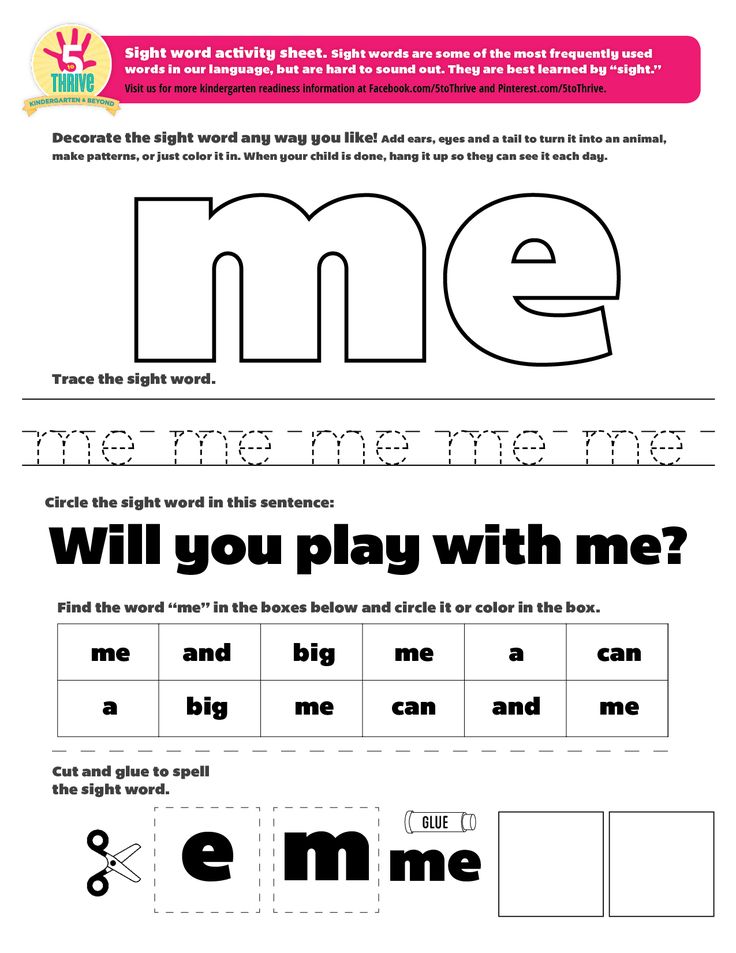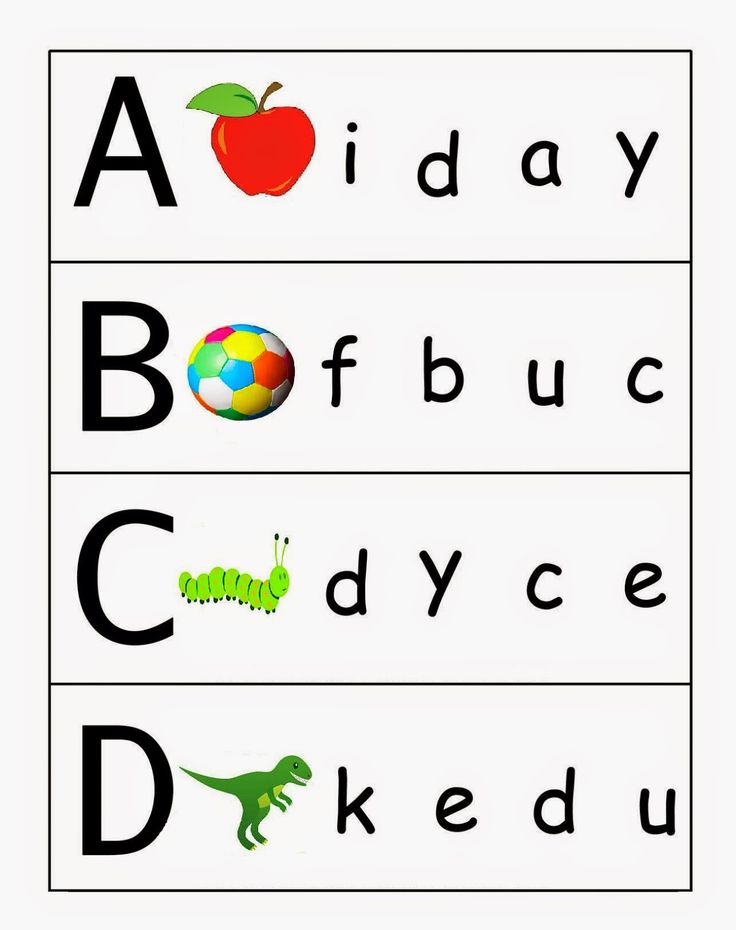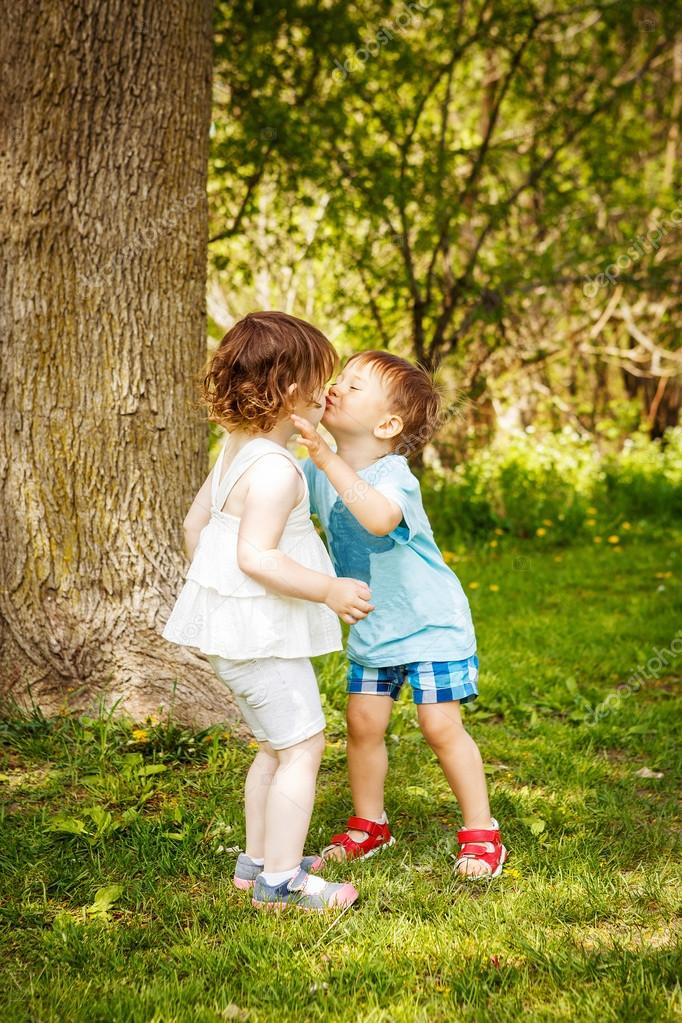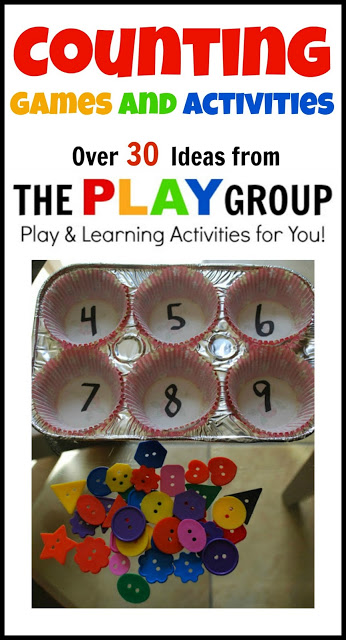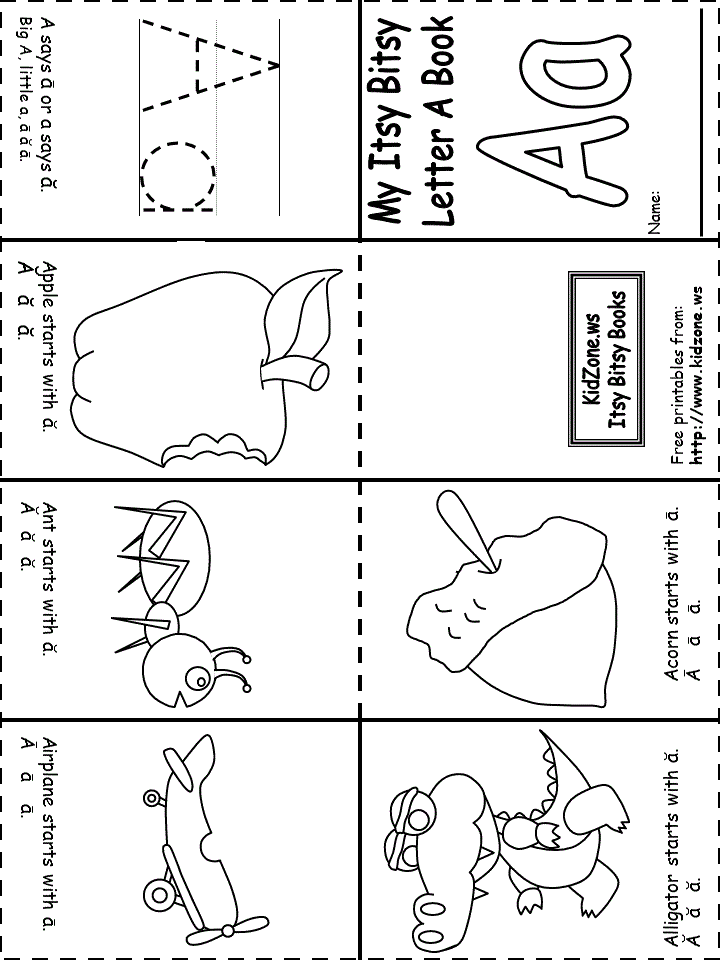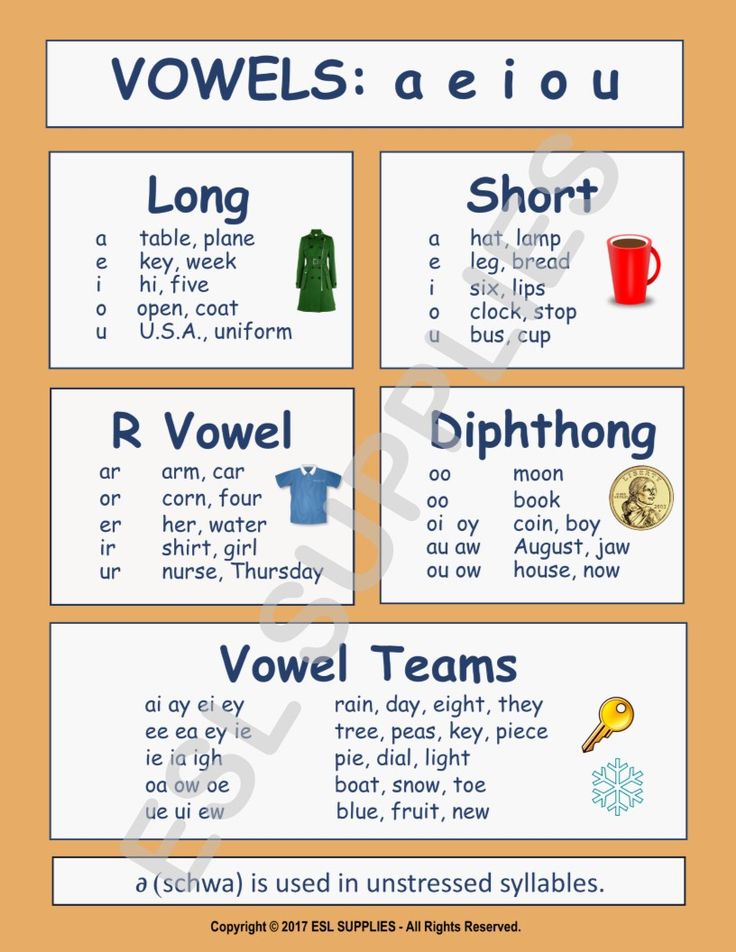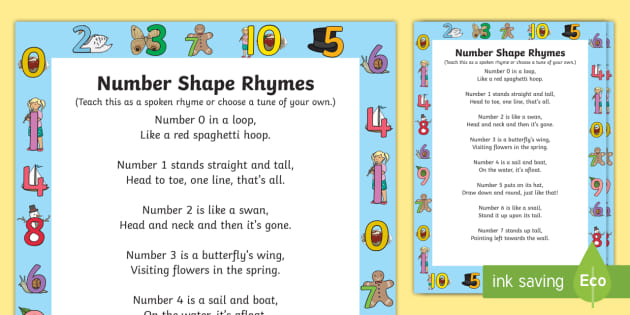Practice sight words for kindergarten
5 Hands-On Sight Word Activities for Kindergarten
Learning letter sounds, how to blend and segment words, and various phonics skills are foundational for early reading. However, there are just some words that can’t be sounded out. Sight words are commonly used words that young readers are taught to memorize. Since these words are used in high frequency, students are encouraged to recognize them by sight. Hands-on sight word activities merge students’ kinesthetic learning with visual learning.
For many kids, sight words are one of the first steps in learning to read. And what better way to learn sight words than with some fun sight word games that don’t require worksheets?
Learning to read is complicated and intricate, especially for kindergarten students. While learning to read sight words is only one component of reading development, it is a necessary and important component.
What are sight words?
Words like the, of, you, was are all words that need to be memorized and recognized by sight. They cannot be decoded using general phonics patterns.
Some words that we consider sight words are decodable words, but occur frequently. Those are often called high frequency words, although I have found that “sight words” and “high frequency words” are terms that are used interchangeably. Words like, and, that, as, on, in are all decodable words, but are also often taught as sight words.
Which words should you consider sight words?
Well, there’s a couple of different answers. If your school district is assessing a list of words, consider that your list. If your school or district is not providing a list words, you can find various lists online, including Dolch Lists and Fry’s Lists. While Dolch and Fry’s are some of the more common lists, each reading program seems to develop its own list. Most lists are very similar.
Since it takes students so long to learn sight words, you might consider limiting sight word instruction to words that are common and irregular or not decodable. If you are teaching a phonics-based reading program alongside teaching students to memorize sight words, then they will learn how to decode and, had, last, then, with, not, much, etc. as they progress through the reading program. Don’t waste valuable time on teaching students to memorize decodable words if you don’t have to.
If you are teaching a phonics-based reading program alongside teaching students to memorize sight words, then they will learn how to decode and, had, last, then, with, not, much, etc. as they progress through the reading program. Don’t waste valuable time on teaching students to memorize decodable words if you don’t have to.
How do Students Learn Sight Words
There are a variety of ways for students to learn sight words. Frequent exposure is the key. You can do a read-spell-read routine whole class and in small groups. Parents can also easily learn to do this routine at home with flash cards.
All students will also benefit from using more hands-on sight word activities during your word work stations.
Here are 5 sight word activities for kindergarteners that help young learners remember high-frequency words while having fun!
1. Block Building Game
Turn a classic block building game, like Jenga, into a way for students to learn their sight words.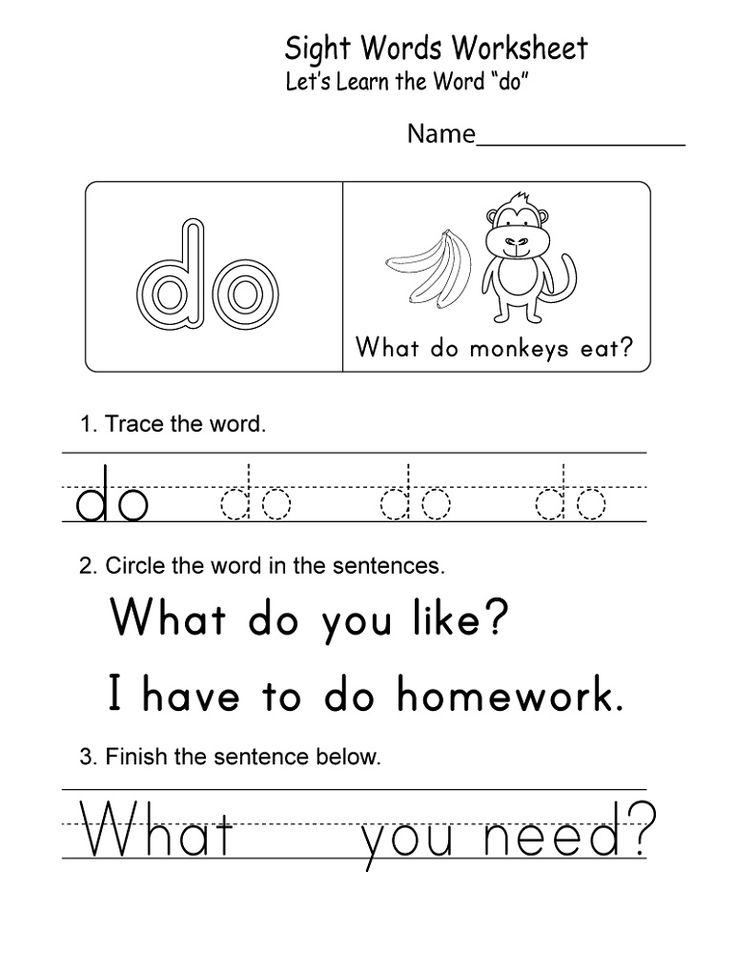 Start by writing a high-frequency word on each block. Playing the normal Jenga rules, where a player removes a block from the tower and places it on top, have the student who removes the block successfully use the sight word in a sentence before the next player takes their turn. Or for an easier version, have players read and spell the words while moving blocks.
Start by writing a high-frequency word on each block. Playing the normal Jenga rules, where a player removes a block from the tower and places it on top, have the student who removes the block successfully use the sight word in a sentence before the next player takes their turn. Or for an easier version, have players read and spell the words while moving blocks.
Download the game rules from education.com.
2. Tic-Tac-Toe
Kids love to play Tic-Tac-Toe! Add a twist by having the student read a sight word and use it in a sentence or read and spell it before adding an X or O to the board. Use sight word flashcards.
Try a variation by having students write the words along with an X or O on the board. Check out the templates and rules from sightwords.com.
3. Shaving Cream Sight Words Activities
Sometimes learning is messy! Break out the shaving cream on desks and tables, and have your students write out their sight words with their fingers. Save money on supplies by checking out a local dollar store or buying in bulk at a warehouse club store.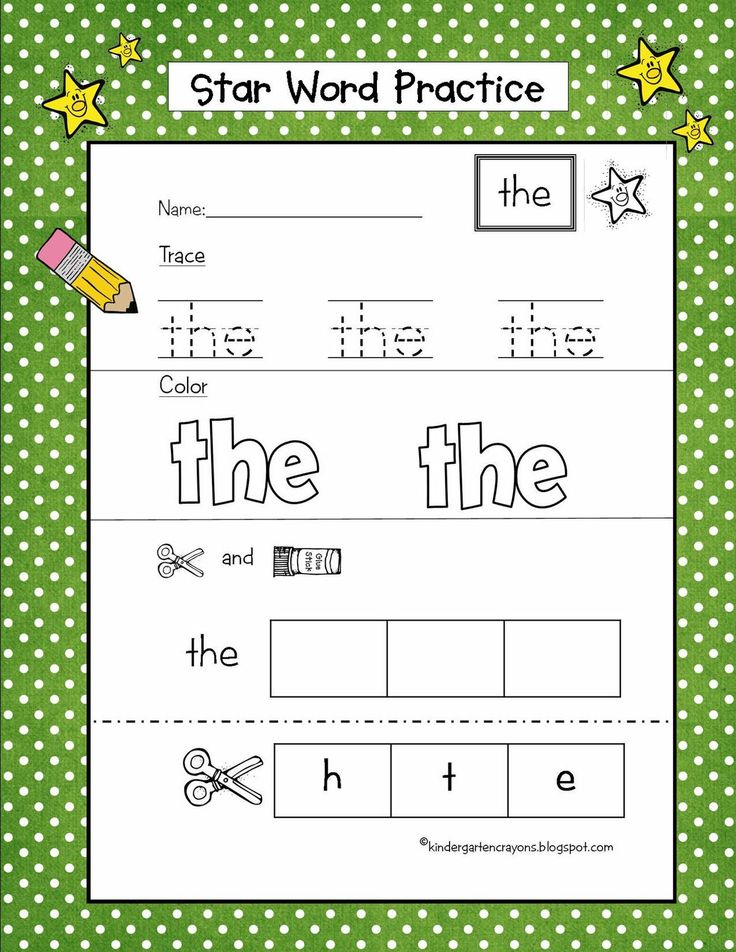
Clean up is easy. Just wipe down the tables and spray clean. One additional benefit is that the shaving cream acts as a soap and cleans up your table top!
A sand or salt box is another great tool to use, but a little less messy than shaving cream. Fill a small box with sand or salt. Using flash cards, have students turn over a card and draw the letters for the word in the box. The feel of the rough sand or salt helps kinesthetic learners memorize the words.
4. Use Manipulatives to Form Letters
For kinesthetic learners, using tangible items to physically form words can be an important way to show what they know! Try using Wikki Stix, playdough, or bendable straws to form words on mats or flat surfaces. Playdough is also a great medium for stamping letters to form sight words.
5. Journaling
Although open journaling or free writing may seem a little advanced for kindergarteners, you’ll be surprised with how much they can write even in the beginning stages.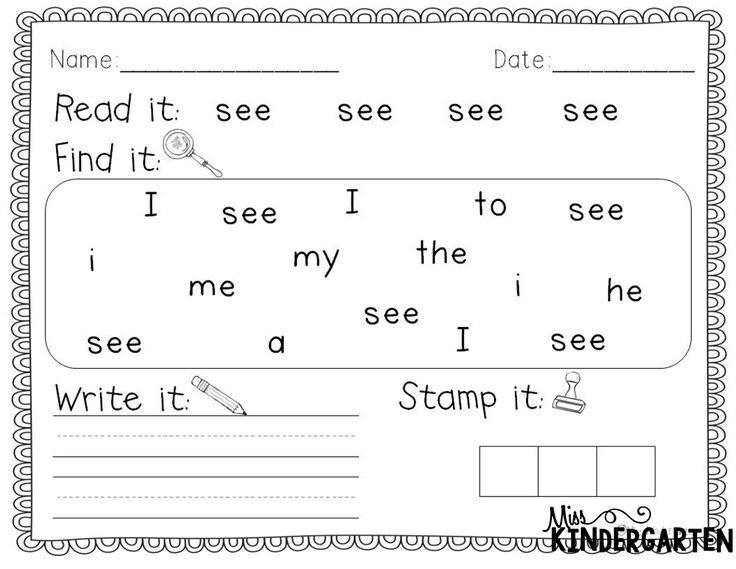
Give students a list of sight words and have them generate a story with a drawing. Or give students a seasonal topic with words and a few sight words.
Save these in a digital or paper portfolio throughout the year to measure growth. Tools like Seesaw are incredible for keeping portfolios of student work via video and other mediums.
6. Word Ladder Game
This game is perfect for kids who are just starting to learn sight words. To play, choose a simple sight word like “at” or “had.” Then, see how many other words you can make by changing just one letter. For example, starting with “at,” you might get “bat,” “cat,” “hat,” and so on. The player with the most words at the end of the game wins! This is also a great way to focus on word family words, short vowel word families, and rhyming.
To make this game kinesthetic, create hopscotch-like boxes on your classroom floor. Have students move up the ladder as they create new words.
7. Musical Sight Words
This sight word activity is similar to Musical Chairs, but with a sight word twist.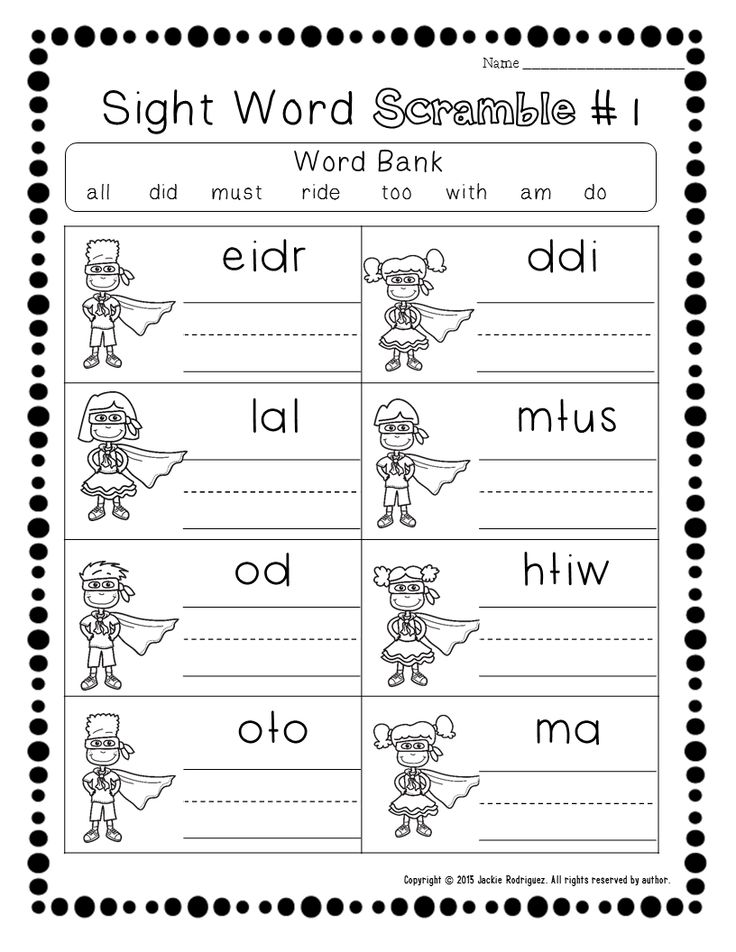 To play, write several sight words on slips of paper and put them in a hat or bowl. Then, play some music while everyone walks around the room. When the music stops, everyone must grab a slip of paper.
To play, write several sight words on slips of paper and put them in a hat or bowl. Then, play some music while everyone walks around the room. When the music stops, everyone must grab a slip of paper.
Once everyone has a word, they must stand up and spell it out loud. The player who spells their word correctly first gets to stay in the game; the rest are out! The last player standing is the winner.
Instead of requiring spelling, you can just ask students to read the word. Remove one word each round to eliminate students as you would during a regular musical chairs game.
These 5 7 sight word activities for kindergarteners will help your students learn their first sight words in no time. They are just a few ideas to get you started. With a little creativity, you can come up with all sorts of fun games to help your child learn their sight words.
Do you want some more ideas?
Here are five more additional resources to help teach sight words in your classroom!
- Dolch Sight Word Lists
- Dolch Sight Word Assessment
- Fry Sight Word Lists
- Online Sight Word Games
- Free Sight Word Apps
If you are looking for a tool for parents to use at home, these Sight Word Practice Cards provide small doses of daily practice and a routine for parents to easily implement.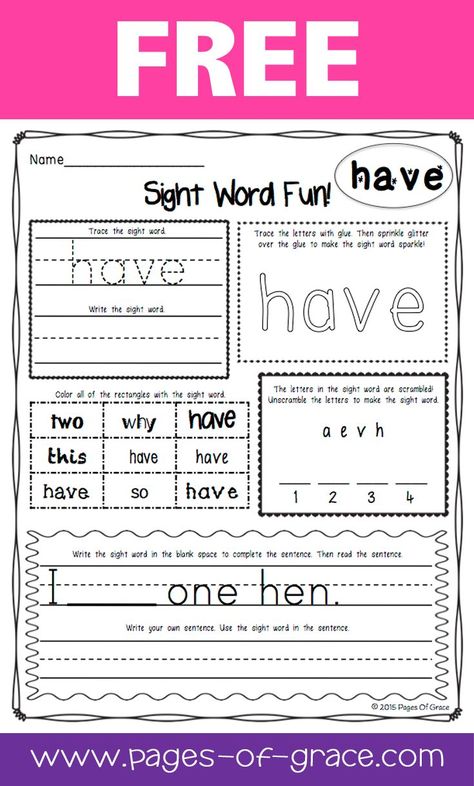
I created these phonics readers to use with my own kindergartener at home. Although they focus on specific word families and phonics patterns, the resource also introduces two new sight words per word family. Sight words are learned and read along with the phonics patterns.
What activities do you use to teach sight words in your classroom? I’d love to hear about them in the comments below!
Are you interested in additional blog posts about teaching early reading? Here are a few more!
Fun Sight Word Activities for Kindergarten
Reading | Sight Words
When learning sight words, repetition is the key to fluency. We want our students to be able to read smoothly, without a lot of pauses. Since sight words make up majority of text we read and write, these little words are a big part of reading success. Planning fun sight word activities is also uber-important.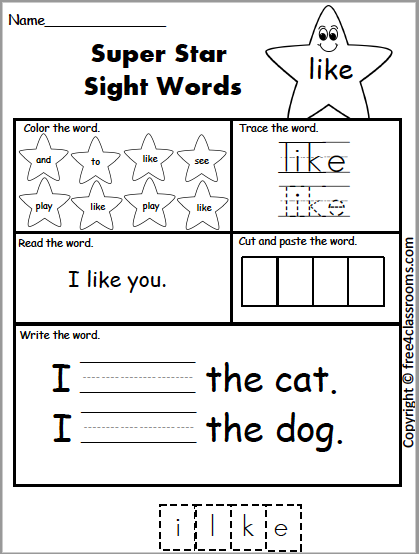
Sight words, in most cases, are words that can’t be sounded out, they need to be memorized. Continuous practice will help readers learn and remember the sight words so that they become second nature.
The trick is to keep the sight word activities fun and fresh so that students are excited about learning, rather than it being a chore. Any kid (and teacher) will tell you learning with plain flashcards is not going to cut it. The activities need to be hands-on.
So, today I wanted to share fun sight word activities that are easy to prep and engaging for students – and are WAY more fun than just memorizing from flashcards!
Plus an EDITABLE sight word freebie that will help you monitor and track student progress.This article, along with many other articles on The Printable Princess, contains Amazon affiliate links. If you purchase through the links I earn a small commission. Clicking these links does not cost you any extra but helps this website to keep great articles and freebies coming your way.
Rubber Stamps
Rubber stamps make for some fun sight word activities. Rather than re-inventing the wheel, I am all about repurposing things to create a new activity. So, with that in mind, these stamps can be used two ways. You can grab some stamps and stamp pads and have students stamp their sight words in a notebook or on a piece of paper.
Another alternative is to have students use stamps to press the letters into play dough. Students flatten out the dough and press in the stamps to leave the letter impression in the dough. This is a great way to help strengthen fine motor skills too!
I like to have a separate set of stamps that are just for play dough. It helps keep this activity and the play dough cleaner, otherwise the ink from the stamp pad rubs off into the play dough.
If you’re looking for an easy and versatile sight word activity, check out this Know and Show Sight Word kit. Students can stamp their sight words right on the mat.
Best of all the little word cards are editable, so you can customize the sight word cards to fit your class list.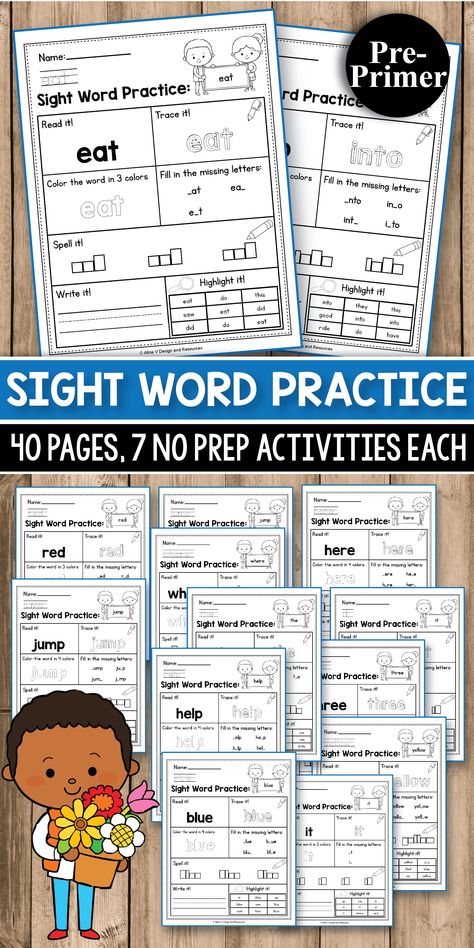
Word Building Letter Cubes
Students love to use linking cubes for math, so why not use them for literacy activities too? Word building letter cubes are a fun way for students to have hands-on practice physically putting the letters together, in order, to spell sight words. I love that, just like magnetic letters, they have one color for vowels and a different color for consonants.
If you don’t have word building cubes, you can make your own using old math cubes. Just take a sharpie and write letters on the sides. Take care to make sure all of the cubes are facing the same direction so that they link together.
Mini Eraser Words
Easy to prep and fun sight word activities are the best. For this one you’ll need sight word cards or flash cards and mini erasers. If you don’t have flash cards you can create some using index cards. Students read the sight word on the card and use the mini erasers to form the word.
Letter Beads
The letter beads pictured below came from Lakeshore.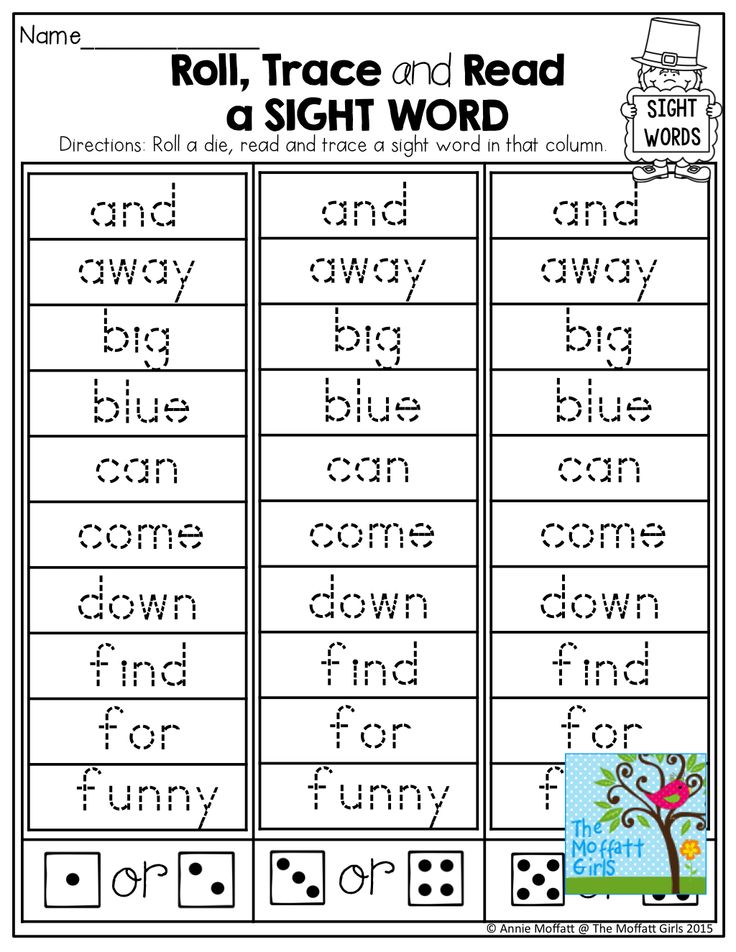 They are one of my favorites for building sight words! But if you’re like me and love the convenience of Amazon, you can find a similar set lacing letters set on the ‘Zon.
They are one of my favorites for building sight words! But if you’re like me and love the convenience of Amazon, you can find a similar set lacing letters set on the ‘Zon.
Just like with the letter cubes I mentioned above, these beads provide students with a tactile way to put the letters together as students string the sight word together. The strings that came with the beads were kind long, so I just used pipe cleaners.
The activity pictured also comes from the Know and Show Sight Word kit. This picture shows the mat which prompts students to build the sight word using two types of manipulatives. Students can use magnetic letters on top and letter beads on the bottom. Or letter beads on the top and a dry erase marker on the bottom. It’s pretty flexible!
Shaving Cream Activities
I think it’s a kindergarten rite of passage to use shaving cream. It’s a tool I used every year in my classroom. Whether it was practicing letters, numbers, names, or sight words – seeing that can brought smiles to every little face! Plus it makes the room smell amazing.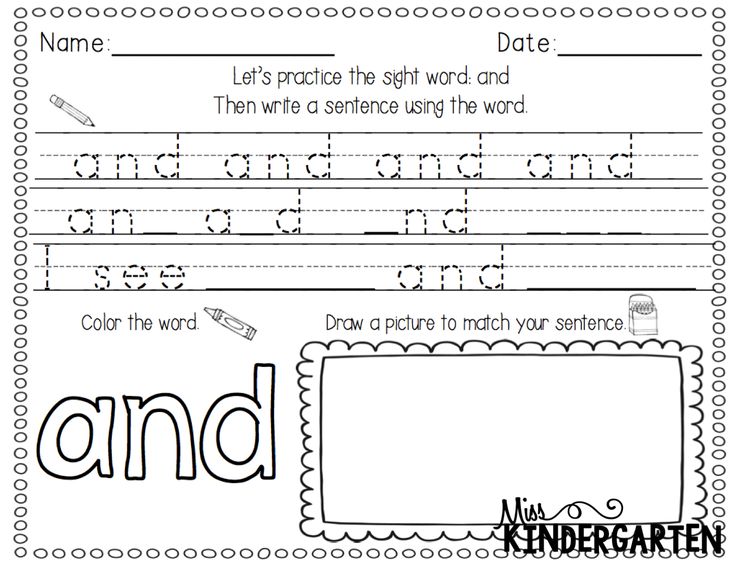
Shaving cream works great for a whole group activity. Give each student a small squirt and have them spread it to create a thin layer in front of them. If your students have a hard time with personal space, plastic plates from the dollar store as a work space.
Call out a sight word and have students use their finger to write the word. Quickly circulate the room to check for accuracy. For a challenge, you can mix-up a sight word and write it on the board. Have students unscramble the word and write it correctly in the shaving cream.
Magazines Sight Word Hunt
Magazines are another way to practice sight words and sneak in fine motor skills. You can have students look through magazines to find sight words. They can cut those sight words out and glue them on a paper. Or you can give students a list of sight words and have students cut out individual letters to spell the sight words.
Be sure to preview the magazines first and remove any advertisements that may not be suitable for little eyes.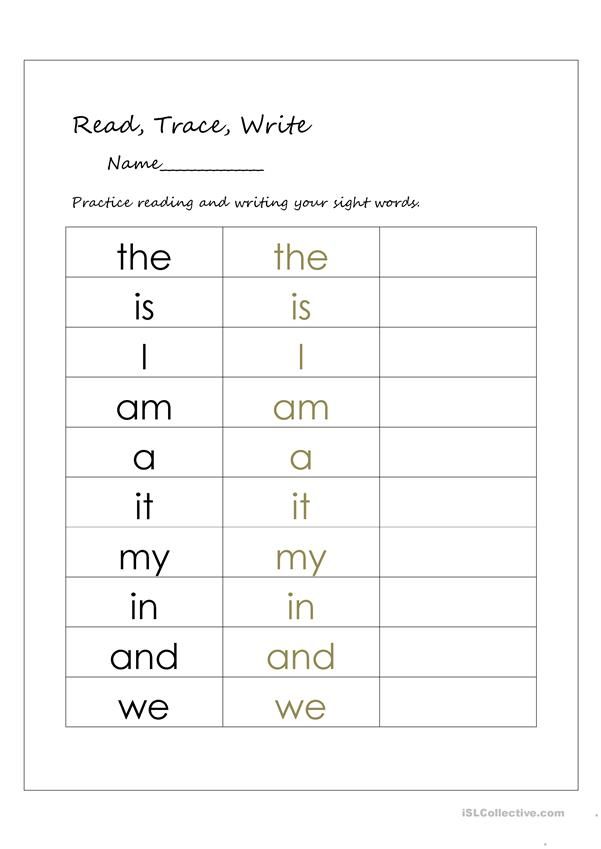
Highlighters
Want to get kindergartners excited about learning sight words? Hand them over some highlighters! These magical little writing utensils are a great way to get kids looking for and recognizing sight words in text.
Simply provide students with magazines (again preview them first!) and have students look through the text to highlight the sight words that they find. You can also rip out the pages and give students just the pages.
If you’re not wanting to use magazines, Find the Word: Sight Word Worksheets Bundle is a great alternative. Just print and use highlighters or bingo dabbers to identify the sight words on the page. You can add some fun finger pointers for an extra special touch.
Wikki Stix or Yarn
If you’re not familiar with Wikki Stix, they are these really neat yarn-like sticks that students can bend and mainpulate to form objects, letters, and numbers. They are re-usable and there is no prep required. Unlike yarn, the sticks already come pre-cut and ready to use.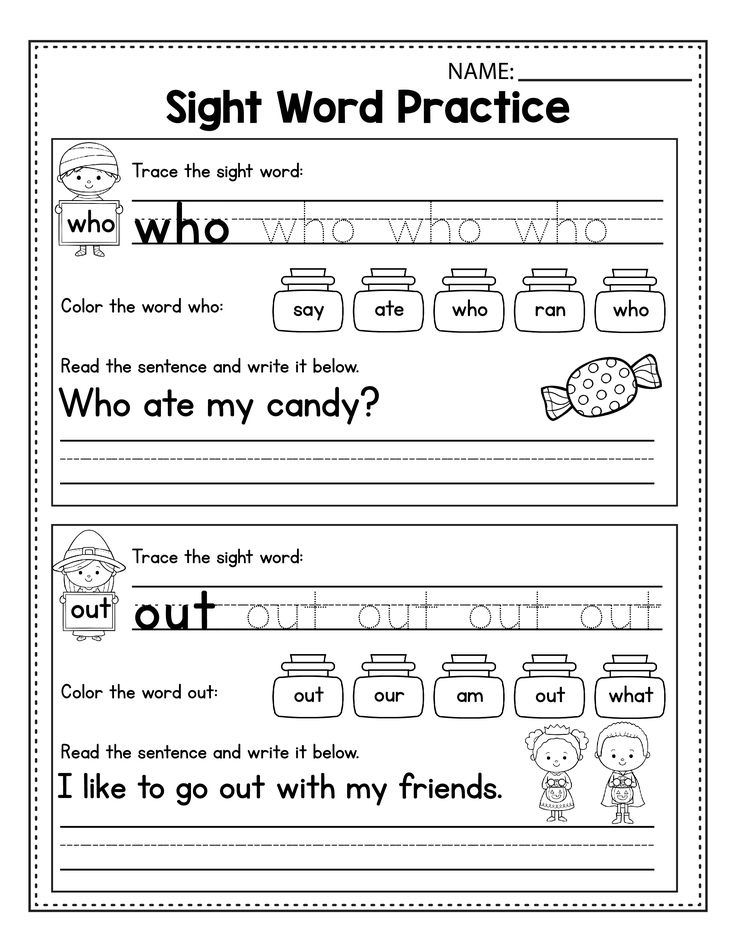
Supply students with a list of sight words and have them form each letter in the word to spell the sight words.
A great inexpensive alternative is yarn. You can cut yarn into long strips and have student form the letters in the words.
Magnetic Letter Activities
I absolutely love these giant magnetic letters. They are much bigger than traditional magnetic letters, which means they are great for little hands. Another easy center idea is to have students use these large magnetic letters to build sight words on the board. Students think it is an extra treat when they get to work at your teacher easel.
Add in some fun pointers for students to read the sight words after they’ve built the words.
Sight Word Games
Learning to interact, get along, and problem solve is an important part of the early primary classroom. Incorporating games is a great way to not only develop strategic thinking, it also help students learn to problem solve.
Memory Matching Sight Word:Create this game by writing sight words on index cards.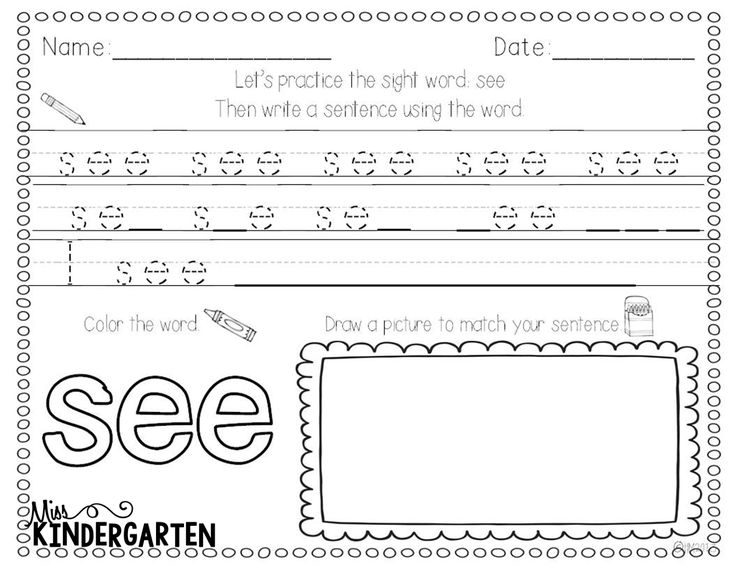 Be sure the words can’t be seen through the index cards. You can also use foam cut-outs and a sharpie to write the words on. You’ll need two cards for each sight word. Students lay the sight word cards face down and take turns selecting two cards to try and make a match.
Be sure the words can’t be seen through the index cards. You can also use foam cut-outs and a sharpie to write the words on. You’ll need two cards for each sight word. Students lay the sight word cards face down and take turns selecting two cards to try and make a match.
Students play with a partner. They will need a set of sight word cards. Player 1 will select three sight word cards, read them, and lay the cards in front of them and then close their eyes. Then player 2 will remove one of the sight word cards. Finally, player 1 will open their eyes and determine which sight word is missing. Students will switch rolls and continue to pla
Tic-Tac-Toe:This is a twist on the traditional Tic-Tac-Toe game using sight words. To play, instead of choosing X or O, each student choose a sight word. They use the same rules as the traditional game, but instead of writing X or O they write the sight word they selected at the beginning of the game.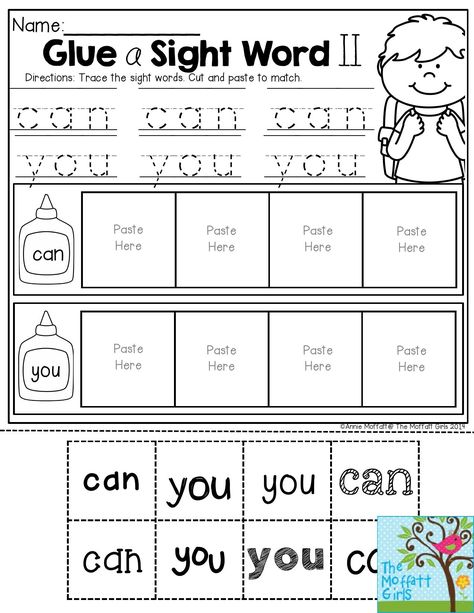 Each time they write the word, they have to read it too. The first person to get three words in a row is the winner!
Each time they write the word, they have to read it too. The first person to get three words in a row is the winner!
This game is editable so you can add your own sight words. Students start on the first space in the upper left corner of the game board. They spin the spinner and identify the sight word they spun. They identify the sight words on the trail and move their game piece to the nearest sight word that corresponds to the one that they spun. The gray shaded themed spaces are free spaces.
The first player to make it all the way around to the last space on the game board is the winner. To win the game, the player must spin the final word shown in the last space on the game board.
Whiteboards
Kids love writing with different tools. Switching out writing utensils is an easy way to keep things fresh. You can begin by giving students a whiteboard and dry erase marker to write their words. Switch up the activity by adding a different color marker.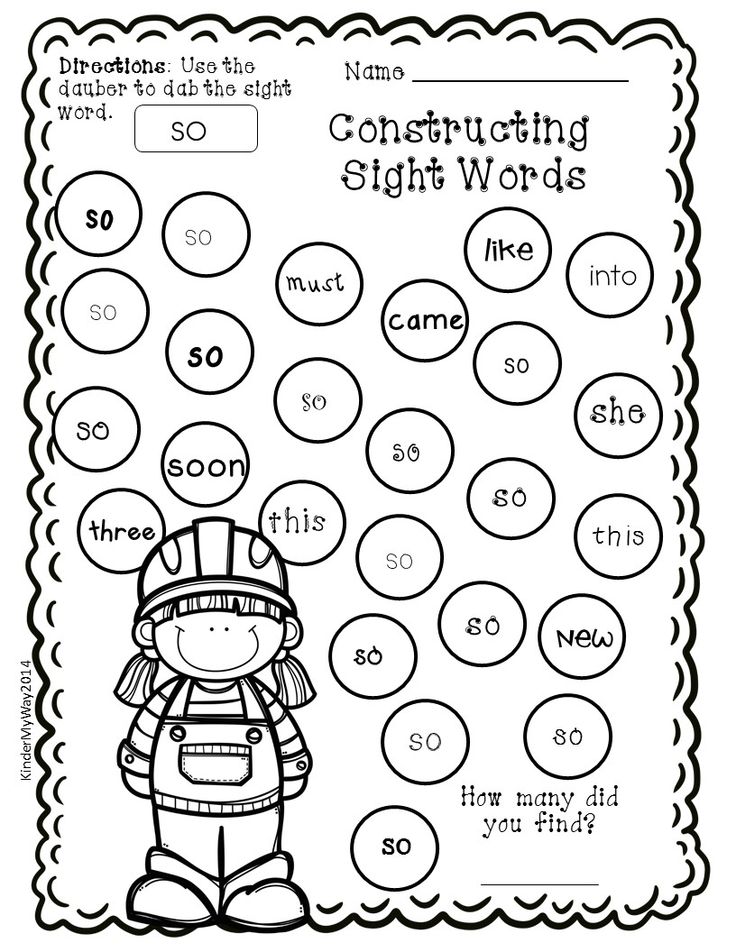 You can have students write vowels in one color and consonants in another.
You can have students write vowels in one color and consonants in another.
Students can use a dry erase marker to pyramid write their sight words on the whiteboard. If you’re not sure what that looks like, scroll down just a bit on this post. On the freebie picture I’ve written the word “with” as a pyramid on the whiteboard.
Pre-Made Activities
Let’s face it. Sometimes we just need something pre-made. Maybe we don’t have the time or energy to create our own. You can find pre-made sight word activities in my TpT shop. From cookie word building and gum word building to secret codes – you’ll find a growing variety of fun sight word activities that are easy to prep and super engaging for students.
Sight Word Freebie
I’ve put together a freebie that you can use to assess your students and keep track of their sight word development.
You can take a peek at the picture below to see an example of pyramid writing on the dry erase board. Once students have completed their pyramid, I have them write the word one more time and then underline it as they say the word.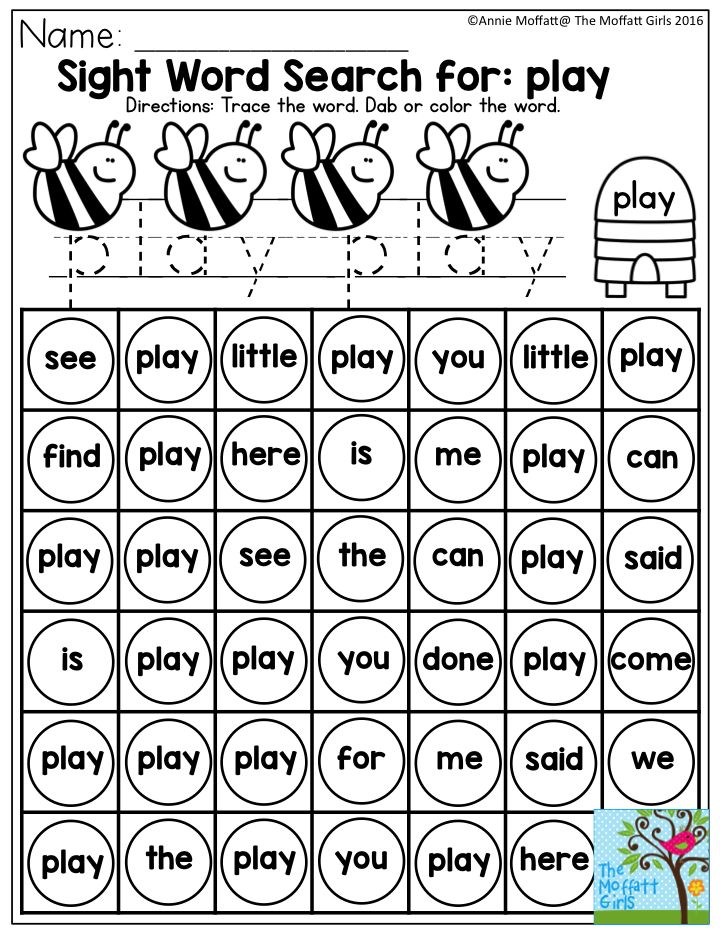
The sight word cards and check-up list are editable, so you can type in your own words and make this activity fit your classroom.
If you’re looking for more DIY hand-on sight word activities for Kindergarten click here to read more.
Post Tags: #Freebies#literacy centers#sight words
Similar Posts
My first words: English words for children
How to raise a polyglot child? The answer is simple: start learning languages with him as early as possible. Basic English will be an excellent foundation for the future knowledge of the baby and will help develop learning skills, because the brain of children at an early age absorbs an almost endless amount of information like a sponge. The main thing is to present it correctly.
In this article you will find not only simple first English words for children, but also recommendations for learning them. Open to your kid the fascinating world of English!
At what age do we start teaching?
Opinions of experts and parents themselves about the age at which it is worth starting to learn English with a child differ.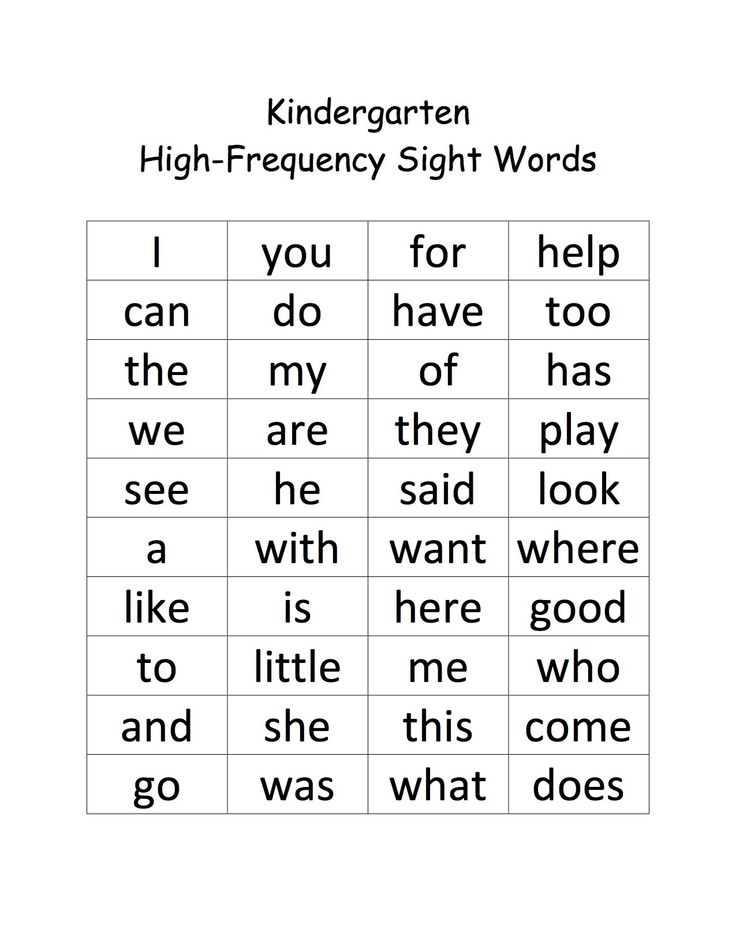 Of course, you can start singing lullabies to your baby in English even from infancy, but your strength will be almost wasted.
Of course, you can start singing lullabies to your baby in English even from infancy, but your strength will be almost wasted.
Most agree that the most optimal age from which the average child begins to adequately learn English as a foreign language is 2.5-3 years. It is believed that at this age the process of formation of native speech is already ending. That is, the child must be able to clearly pronounce Russian sounds and words, as well as build sentences and have a coherent speech.
The exceptions here are when the child grows up in a multicultural environment. For example, if the mother is Russian and the father is English, then it is possible to communicate with the child in two languages from the very beginning. True, then your child will be funny to form sentences, and questions like: “Mom, can I have an apple” will constantly sound in the house.
This approach is good when the family lives abroad, where the main language is a foreign one.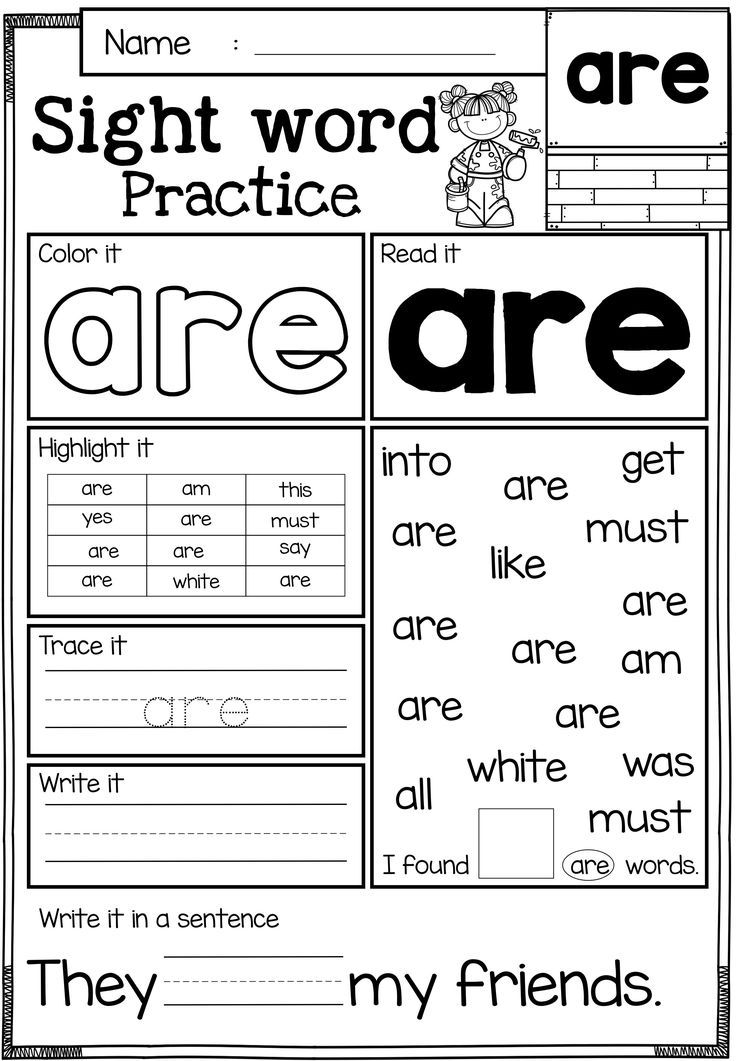 As the child gets older and starts attending kindergarten, the child will understand the difference between the languages of his parents and begin to use the words in the correct context. This applies, by the way, not only to English, but also to any foreign language.
As the child gets older and starts attending kindergarten, the child will understand the difference between the languages of his parents and begin to use the words in the correct context. This applies, by the way, not only to English, but also to any foreign language.
If you want your child to speak only English from the very beginning, you can create an artificial multicultural environment. For example, at home talking with the baby only in a foreign language.
Is it possible to send a child to a language nursery or kindergarten with an English focus? Then do it without any hesitation. So the multicultural environment will be natural for the child: in the nursery they will communicate with him mainly in English, and at home you will be able to talk with the baby in Russian. In specialized language kindergartens, teachers will help your child learn English in a natural environment, and at home you can consolidate knowledge with him through various games and riddles.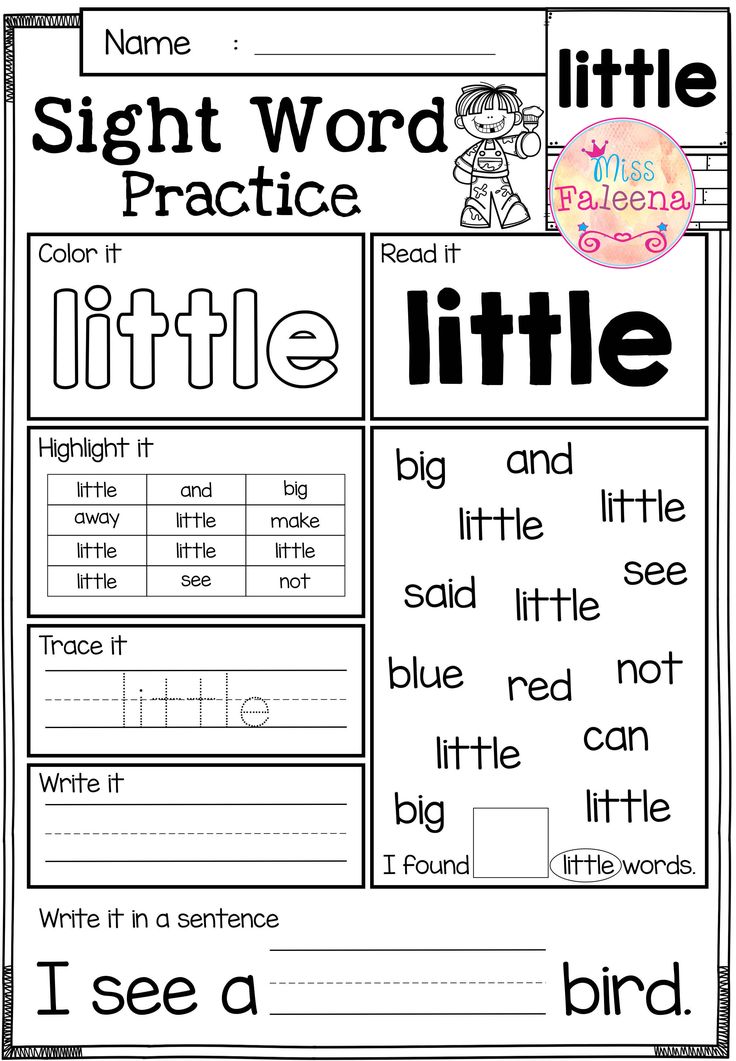
If it is not possible to send your child to a language kindergarten, start learning English at home using the same methods that you used to learn your native language with him.
How to learn English with a child?
At a young age, of course, we are not talking about grammar or writing English words. To begin with, the child needs to learn how to pronounce sounds correctly, remember letters and form a basic vocabulary. By the way, it will be much easier for a kid than for an adult to remember the correct pronunciation of English sounds, which are so different from Russian ones. They will not have to rebuild their articulation apparatus as much as we, adults, who have been speaking their native language for many years.
Here is a list of skills to develop in a preschooler first:
- listening to speech
- speaking
- reading
To make learning English not a burden for a child, add an element of play to the learning process.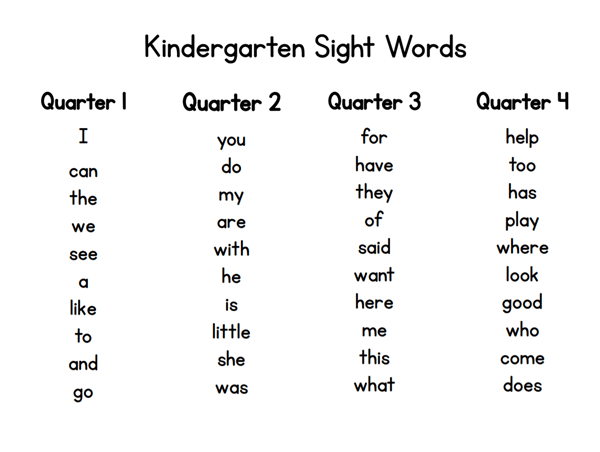
Get a colorful glove doll and make it a kind of "teacher" for your child. Introduce your baby to a new toy and say that it only understands English, which means that in order to play with it, the child needs to learn an interesting new language. So this toy will become the main intermediary between you and your child in learning English.
First of all, learn the alphabet and the correct pronunciation of letters and basic sounds with your child. Make it better with the help of the popular ABC Song. This is how the English alphabet is taught all over the world, not only by foreigners, but also by native speakers themselves.
Next - form basic English for children: words and simple phrases. For example, make cards for basic words that the child already knows in their native language. These can be household items, animals, body parts, etc. It is better that the cards are bright, with the spelling of a word and a picture symbolizing a particular subject.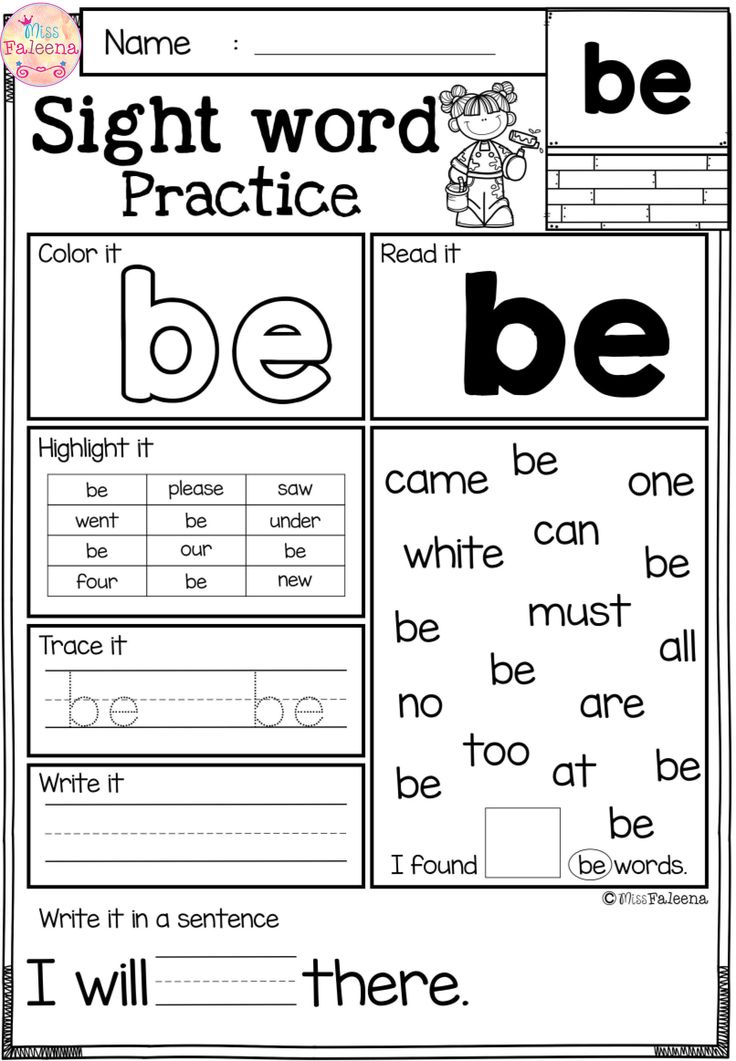 You can stick these cards on household items so that the child constantly sees the names of objects in English and memorizes them automatically.
You can stick these cards on household items so that the child constantly sees the names of objects in English and memorizes them automatically.
Incorporate English words into your regular vocabulary when communicating with your child. In the context of what is happening around the baby, it will be much easier to understand and learn the language. Playing at home or being outside, use the phrases and words you have already learned. If a child tells you: “Mom, look, a kitty!” Then answer: “Yes, it’s true, it’s a cat. How would it be in English? A cat. This is a cat.
By the way, it's better to start learning not just individual words, but whole phrases at once, as in the example above. That is, to acquaint with the very, very basic grammar. After all, if you tell your child only words, he will only know the translation, and if you start using whole sentences, then he will memorize in sentences.
Visualization and variety are important for learning English with a child. Children may enjoy books in English with colorful pictures that can be read together at bedtime instead of the usual Russian fairy tales. Also, do not forget about special educational cartoons in English, where bright characters tell the child about the basics of the language or teach him the alphabet.
Children may enjoy books in English with colorful pictures that can be read together at bedtime instead of the usual Russian fairy tales. Also, do not forget about special educational cartoons in English, where bright characters tell the child about the basics of the language or teach him the alphabet.
Play fun, educational games with your little one so they don't get bored while learning English. It can be cards, pantomimes, drawings and much more.
Basic set of words with transcription and translation
The first English words for children to start learning the language with are those that surround the child every day. Below you will find a list of such words by topic.
Family [ˈfæmɪli] - family
Mother [ˈmʌðə] - mother
Father [ˈfɑːðə] - father
Brother [ˈbrʌðə] - brother
Sister [ˈsɪstə] - sister
Grandmother [ˈgrænˌmʌðə] - grandmother
Grandfather [ˈgrændˌfɑːðə] - grandfather
Body [ ˈbɒdi ]
Head [head] - head
Hair [heə] - hair
Eyes [aɪz] - eyes
Nose [nəʊz] - nose
Teeth [tiːθ] - teeth
Lips [lɪps] - lips
Ears [ɪəz] - ears
Neck [nek] - neck
Shoulders [ˈʃəʊldəz] - shoulders
Leg [leg] - leg
Feet [fiːt] - feet
Pets [ pets ]
Dog [dɒg] - dog
Cat [kæt] - cat
Kitten [ˈkɪtn] - kitten
Puppy [ˈpʌpi] - puppy
Rabbit [ˈræbɪt] - rabbit
Parrot [ˈpærət] - parrot
Fish [fɪʃ] - fish
Hamster [ˈhæmstə] - hamster
Snake [sneɪk] - snake
Turtle [ˈtɜːtl] - turtle
Animals [ ˈænɪməlz ]
Goat [gəʊt] - goat
Pig [pɪg] - pig
Sheep [ʃiːp] - sheep
Horse [hɔːs] - horse
Cow [kaʊ] - cow
Goose [guːs] - goose
Chicken [ˈʧɪkɪn] - chicken
Duck [dʌk] - duck
Cockerel [ˈkɒkərəl] - cock
Fox [fɒks] - fox
Wolf [wʊlf] - wolf
Bear [beə] - bear
Hare [heə] - hare
Elephant [ˈelɪfənt] - elephant
Tiger [ˈtaɪgə] - tiger
Lion [ˈlaɪən] - lion
Crocodile [ˈkrɒkədaɪl] - crocodile
Giraffe [ʤɪˈrɑːf] - giraffe
Colors
Red [red]
Green [griːn] - green
Blue [bluː] - blue
Orange [ˈɒrɪnʤ] - orange
Yellow [ˈjeləʊ] - yellow
Pink [pɪŋk] - pink
Gray [greɪ] - gray
Black [blæk] - black
White [waɪt] - white
Purple [ˈpɜːpl] - purple
Brown [braʊn] - brown
Food
Water [ˈwɔːtə] - water
Tea [tiː] - tea
Juice [ʤuːs] - juice
Sugar [ˈʃʊgə] - sugar
Salt [sɒlt] - salt
Yogurt [ˈjɒgət] - yogurt
Bread [bred] - bread
Milk [mɪlk] - milk
Cheese [ʧiːz] - cheese
Eggs [egz] - eggs
Butter [ˈbʌtə] - oil
Meat [miːt] - meat
Cookies [ˈkʊkiz] - cookies
Chocolate [ˈʧɒkəlɪt] - chocolate
Fruits [ fruːts ]
Apple [ˈæpl] - apple
Pear [peər] - pear
Orange [ˈɒrɪnʤ] - orange
Banana [bəˈnɑːnə] - banana
Lemon [ˈlemən] - lemon
Pineapple [ˈpaɪnˌæpl] - pineapple
Grapes [greɪps] - grapes
Kiwi [ˈkiːwi:] - kiwi
Tangerine [tæn(d)ʒəˈriːn] — Mandarin
Melon [ˈmelən] - melon
Watermelon [ˈwɔːtəˌmelən] - watermelon
Peach [piːʧ] - peach
Vegetables
Carrot [ˈkærət] - carrot
Onion [ˈʌnjən] - bow
Garlic [ˈgɑːlɪk] - garlic
Tomato [təˈmɑːtəʊ] - tomato
Cabbage [ˈkæbɪʤ] - cabbage
Pepper [ˈpepər] - pepper
Potato [pəˈteɪtəʊ] - potato
Cucumber [ˈkjuːkʌmbə] - cucumber
House [haʊs]
Bedroom [ˈbedruːm] - bedroom
Living room [ˈlɪvɪŋ ruːm] - living room
Kitchen [ˈkɪʧɪn] - kitchen
Bathroom [ˈbɑːθruːm] - bathroom
Fridge [frɪʤ] - refrigerator
Cooker [ˈkʊkə] - plate
Table [ˈteɪbl] - table
Chair [ʧeə] - chair
Sofa [ˈsəʊfə] - sofa
Bed [bed] - bed
Window [ˈwɪndəʊ] - window
Mirror [ˈmɪrə] - mirror
Towel [ˈtaʊəl] - towel
Toothbrush [ˈtuːθbrʌʃ] - toothbrush
Toothpaste [ˈtuːθpeɪst] - toothpaste
Wardrobe [ˈwɔːdrəʊb] - wardrobe
Cup [kʌp] - mug
Plate [pleɪt] - plate
Bowl [bəʊl] - bowl
Fork [fɔːk] - fork
Spoon [spuːn] - spoon
Knife [naɪf] - knife
Clock [klɒk] - hours
Clothes [ kləʊðz ]
Dress [dres] - dress
Skirt [skɜːt] - skirt
Shirt [ʃɜːt] - shirt
T-shirt [ˈtiːʃɜːt] - T-shirt
Jeans [ʤiːnz] - jeans
Trousers [ˈtraʊzəz] - pants
Shorts [ʃɔːts] - shorts
Jumper [ˈʤʌmpə] - sweater
Suit [suːt] - suit
Coat [kəʊt] - coat
Hat [hæt] - hat
Socks [sɒks] - socks
Months [ mʌnθs ] - months
January [ˈʤænjʊəri] - January
February [ˈfebrʊəri] - February
March [mɑːʧ] - March
April [ˈeɪprəl] - April
May [meɪ] - May
June [ʤuːn] - June
July [ʤu(ː)ˈlaɪ] - July
August [ˈɔːgəst] - August
September [sepˈtɛmbər] - September
October [ɒkˈtəʊbə] - October
November [nəʊˈvembə] - November
December [dɪˈsembə] - December
Weather [ ˈweðə ]
Sun [sʌn] - sun
Rain [reɪn] - rain
Cloud [klaʊd] - cloud
Wind [wɪnd] - wind
Snow [snəʊ] - snow
Fog [fɒg] - fog
Cold [kəʊld] - cold
Hot [hɒt] - hot
Winter [ˈwɪntə] - winter
Spring [sprɪŋ] - spring
Summer [ˈsʌmər] - summer
Autumn [ˈɔːtəm] - autumn
This list of first English words for children is far from complete.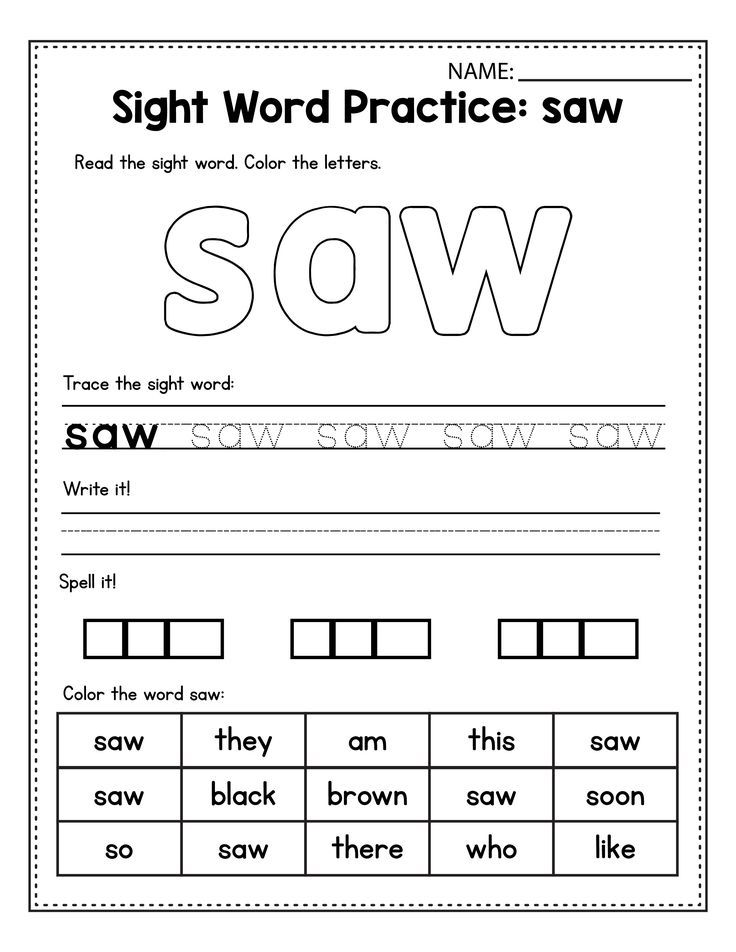 Include in it those words that the child encounters daily.
Include in it those words that the child encounters daily.
And most importantly, do not forget: in order to teach your child English from an early age, you need to be confident in your knowledge. You can check your level of English before you start learning the language with your child here.
Children's games for learning English
In today's world, the popularity of the English language has reached its peak for a long time. The language is considered international, and in many European countries locals speak English. This is a huge advantage for those who love to travel the world.
Many parents today want their children to study at the most prestigious international universities in Europe, the USA, and for this, at least, you need to know English. That is why children have to learn a foreign language from an early age. Of course, on the one hand, this is very good, since kids absorb much more information than adults, but on the other hand, it is quite difficult in terms of learning.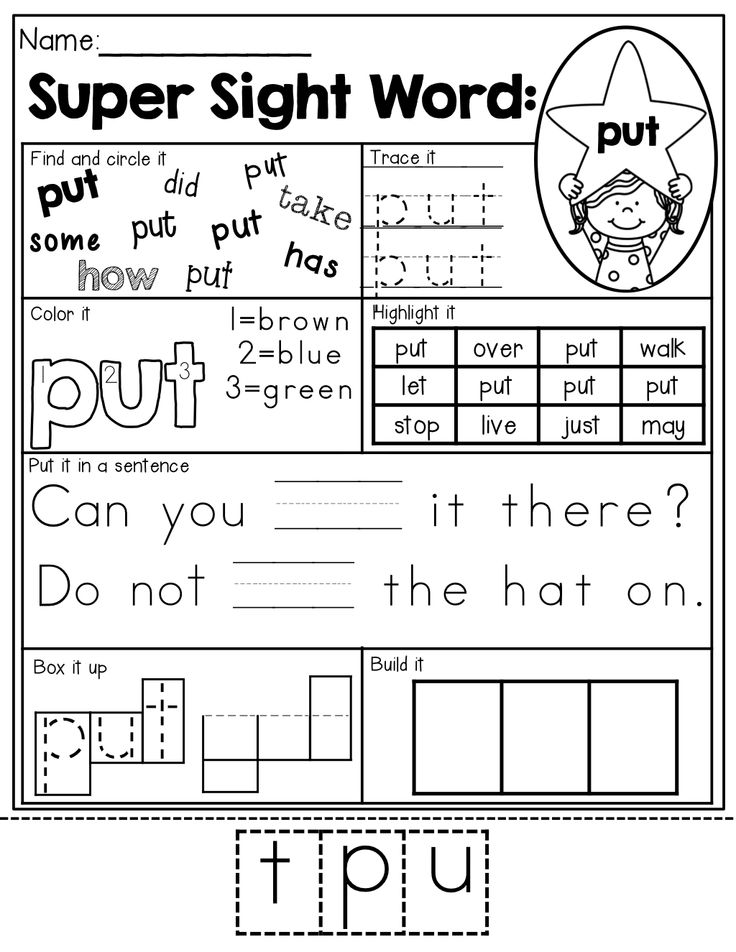 When an adult plans to learn a foreign language, he does it consciously, he has a motivation, an incentive. Kids, on the other hand, do not yet realize why they need it and whether they need it at all. But in this situation there is a way out. The most important thing in teaching English to kids is the ability to interest them, involve them in the process, and the most interesting process for little children is a game. That is why this article discusses the main types of children's games for learning English.
When an adult plans to learn a foreign language, he does it consciously, he has a motivation, an incentive. Kids, on the other hand, do not yet realize why they need it and whether they need it at all. But in this situation there is a way out. The most important thing in teaching English to kids is the ability to interest them, involve them in the process, and the most interesting process for little children is a game. That is why this article discusses the main types of children's games for learning English.
It can be said that English learning games for children are the main form of learning a foreign language. They create a relaxed environment in which learning is easier compared to forced teaching methods. During the game, children not only memorize new words, expressions or rules, but also develop attention, memory, thinking, observation and, of course, creativity. The use of games in teaching helps to maintain interest in the English language, and also helps to more easily learn, consolidate and master the lesson material.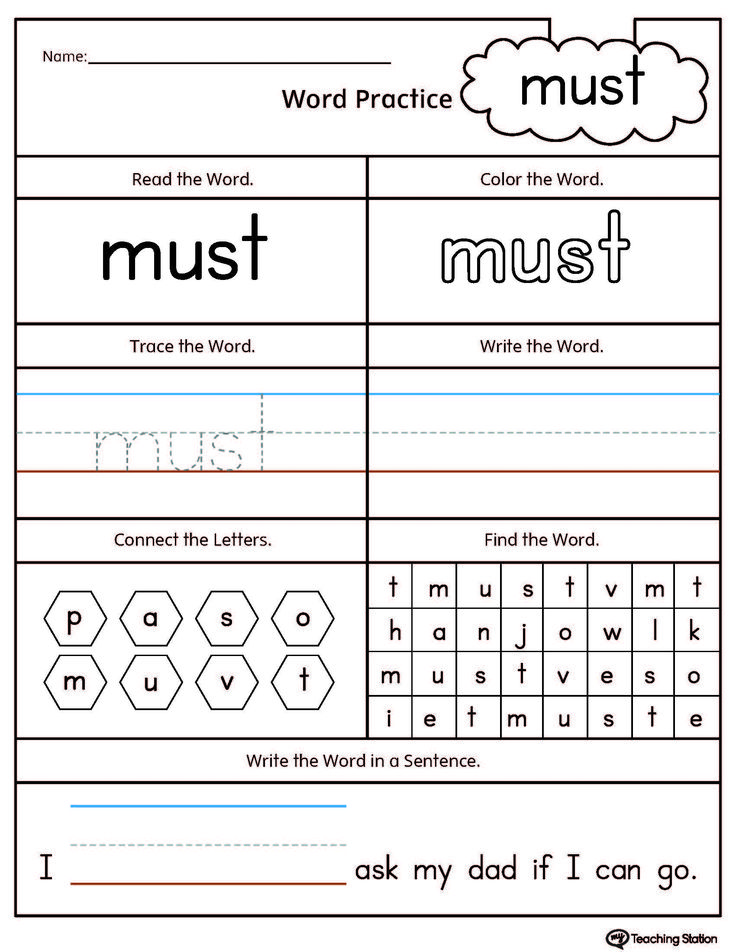
Now let's take a closer look at English games for children. They can be used individually or in small groups.
1. Simon says.
A very simple game that is better and more fun to play in a group. The teacher acts as a leader and must give instructions to the guys so that they perform some action. For example, "Simon says: touch your ears!" - “Simon says, touch your ears!”, “Simon says: put your hands on your shoulders!” "Simon says put your hands on your shoulders!" There may be many options here.
2. "Countable - uncountable."
This game was invented on the principle of the game "edible - inedible". The players throw the ball to each other and shout out nouns, and the one who catches the ball must answer whether the object is countable or not. For example, the first player throws the ball and shouts "book", the one who caught the ball must say "countable" or "uncountable". If the player who caught the ball answers correctly, then now he throws the ball and says his word, but if he made a mistake, he simply leaves the game.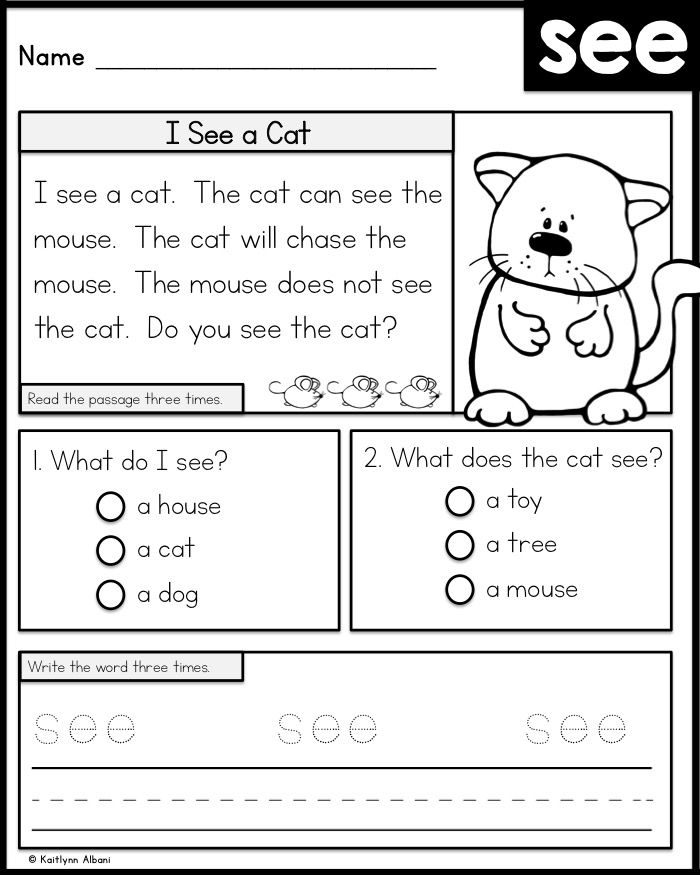
3. Crocodile.
Everyone knows this game. Its essence is to explain with gestures the words of the topic that are being passed or have already been passed. Different parts of speech can be used as displayed words, but with babies it is better to try only nouns and verbs to begin with.
4. "Try and guess."
A variation of the game "crocodile", but in this case the children need to explain the word. You can play the game in two ways. The first way is that the student takes one card out of several offered and tries to explain to other students what the word is on the card.
Let's say the word "chair" is written on the card. This concept can be explained as follows: “It’s a piece of furniture” (this is a piece of furniture). "It's not big" (it's small). "It is wooden" (it is wooden). "You can sit on it" (you can sit on it). The explanation doesn't have to be long, complex sentences, on the contrary, it will be more interesting when the student pauses between sentences so that others think a little and scroll through the information in their heads.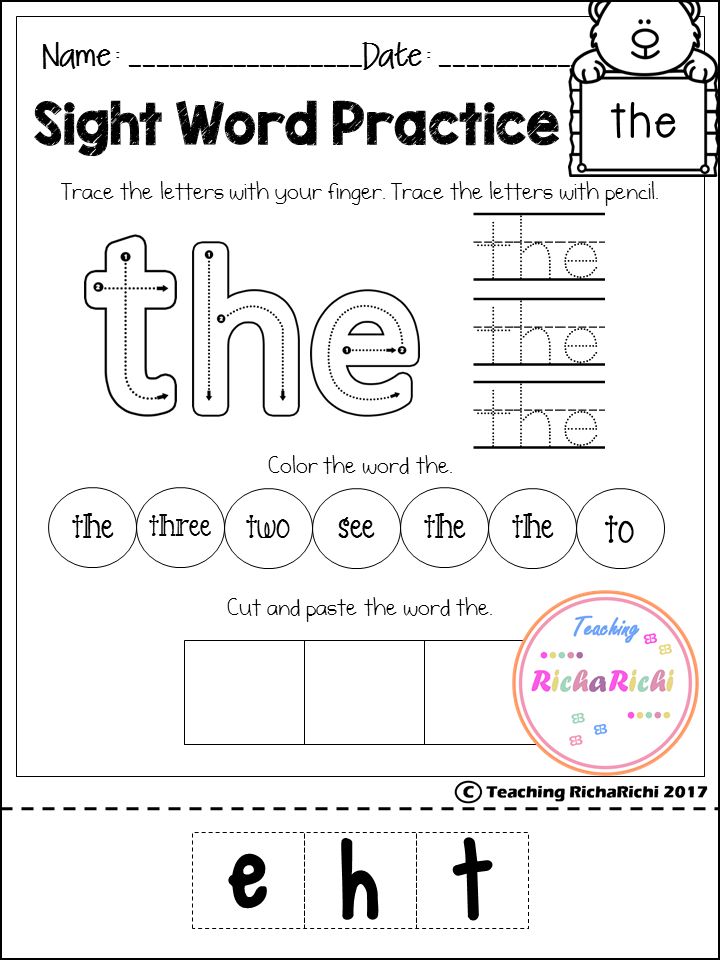
The second way is as follows. One student takes a card and looks at what word he came across. His task is only to briefly answer the questions of other guys - yes / no (yes / no). That is, the guessers will try to find out for themselves what is hidden, asking leading questions that can only be answered with “yes” or “no”. For example, the word "ball" (ball) is guessed. To guess this word, you can make the following questions: “Is it big?” (Is it big?), "Is it brown/red/green etc.?" (Is it brown? Red? Green?), "Can you eat it?" (it can be eaten?) and so on. Questions must be asked until the word is guessed.
5. "Guess what I'm doing?"
Another type of Crocodile game, which has a more grammatical focus. The student who guessed the action should depict some process as accurately as possible, and the other guys need to guess what he is doing and say the sentence in English in a certain tense form. For example, the student must show that he is dancing, and the guys need to make a sentence in Present Continuous, therefore, the following will turn out: "He is dancing.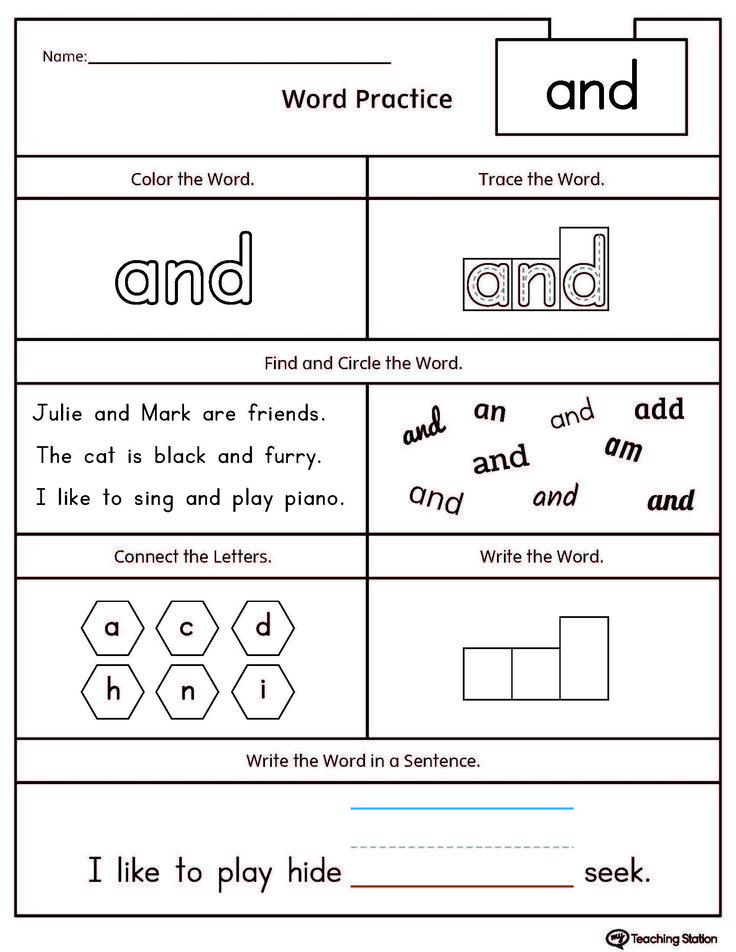 " - "He is dancing". Which of the students correctly guesses the movement and correctly composes a sentence will be the next one to depict the action.
" - "He is dancing". Which of the students correctly guesses the movement and correctly composes a sentence will be the next one to depict the action.
6. "As much as possible."
This educational game in English will help children learn a large number of new words more easily. It is best for her to divide the students into two teams. The essence of the game is to name as many words of a given topic as possible. For example, the theme "Weather" (weather). Students can name different words and phrases that relate to this topic, and the part of speech can also be any. Such words may include "sunny" (sunny), "wind" (wind), "clouds" (clouds) and so on. The team that will name more words related to this topic will be considered the winner.
7. "Compound word"
This game in English is suitable for children who already have a certain vocabulary. The essence of the game is that you need to make a word from three to five words of the same topic, and the next word must begin with the same letter as the previous word ends with.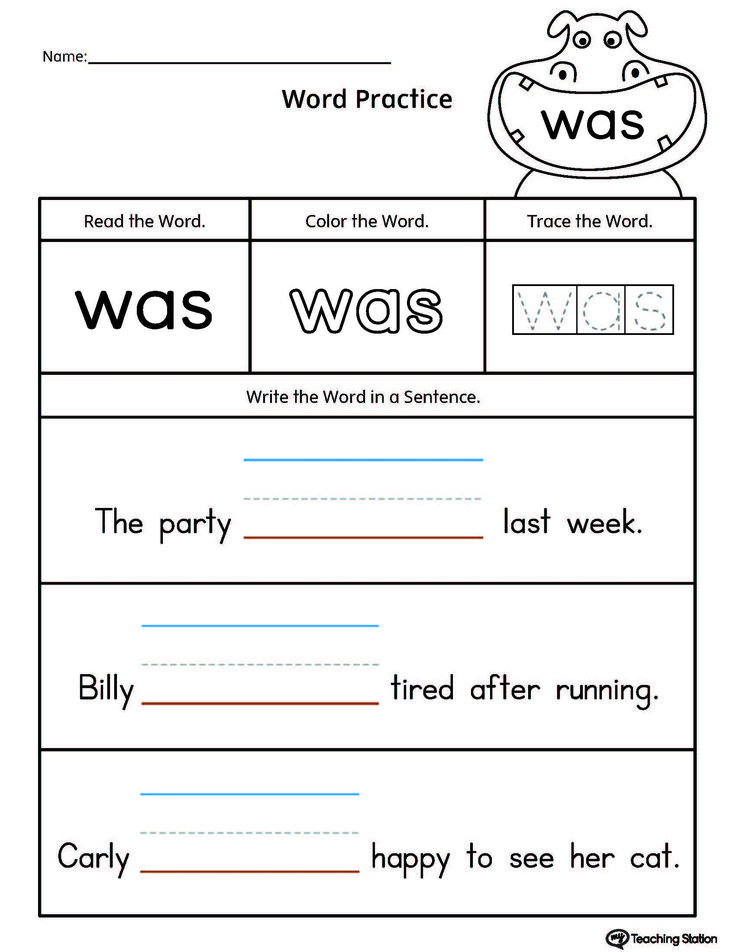 Let's say the teacher asked the topic "Colors" (Colors). The option that can be accepted as an answer is gre Y ello W hite. That is, gray (gray) ends with the letter "y", and the next word "yellow" begins just with the same letter "y". In this way, you can make other words from three to five words, but these words should be of the same subject.
Let's say the teacher asked the topic "Colors" (Colors). The option that can be accepted as an answer is gre Y ello W hite. That is, gray (gray) ends with the letter "y", and the next word "yellow" begins just with the same letter "y". In this way, you can make other words from three to five words, but these words should be of the same subject.
8. "Colors"
The game is very simple, but at the same time interesting. It is better to play it if there are six to eight people in a group. Its purpose is to promote the development of attention and memory, and with the help of it it will be easier for children to remember the names of colors. So, if there is a small variety of colors in the classroom or office where classes are held, then before the game the teacher will need to arrange multi-colored objects. Moreover, the number of items of different colors will be different. Let's say there are 6 people in a group, so you need to choose 6 colors - red (red), blue (blue), white (white), green (green), orange (orange), yellow (yellow).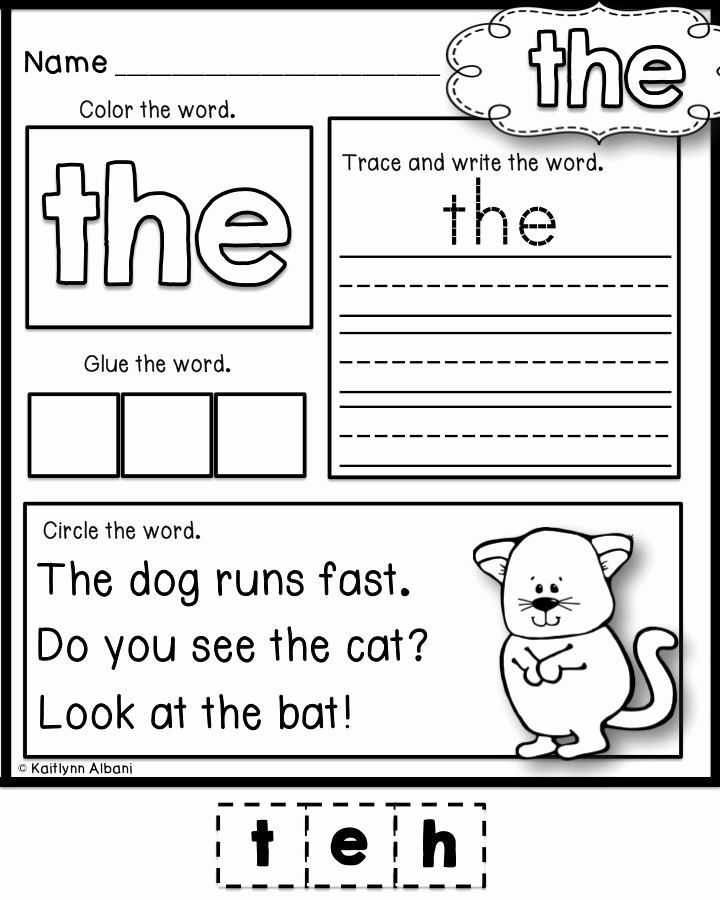 But the number of items of each color should be different, for example, red items can be taken six pieces, blue - five, white - four, green - three, orange - two, and yellow - one. That is, the game is designed for the reaction of children, so that after the teacher’s command to choose an object of a certain color, the guys grab the right thing as quickly as possible, and the one who did not have time is out. As a result, the course of the game will look like this: the teacher gives the command: “Children, take red pencils! Children, take blue balls! Children, take white paper! Children, take green apples! Children, take orange stamps! Children, take yellow books!” The winner is the one who has all six items of different colors.
But the number of items of each color should be different, for example, red items can be taken six pieces, blue - five, white - four, green - three, orange - two, and yellow - one. That is, the game is designed for the reaction of children, so that after the teacher’s command to choose an object of a certain color, the guys grab the right thing as quickly as possible, and the one who did not have time is out. As a result, the course of the game will look like this: the teacher gives the command: “Children, take red pencils! Children, take blue balls! Children, take white paper! Children, take green apples! Children, take orange stamps! Children, take yellow books!” The winner is the one who has all six items of different colors.
9. Gather everyone.
This educational game in English is designed to consolidate words on a specific topic. For example, you can take the themes "At the Zoo" and "On a Farm". The task for the students will be as follows: In one large pile there will be animal toys that need to be distributed into groups - some to the Zoo, others to the Farm.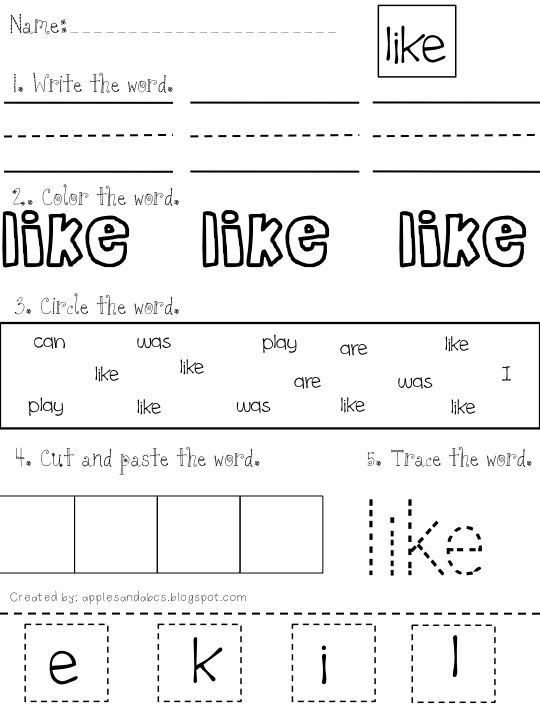 Each student must choose a toy and put it in the right box or box, while naming the animal in English. Let's say he took a cow and said: "It's a cow" (This is a cow). The task can also be slightly complicated by having the student add a sentence about where the animal lives. For example, like this: "It's a cow. It lives on a farm ”(This is a cow. She lives on a farm). And so on until the last toy is in its place.
Each student must choose a toy and put it in the right box or box, while naming the animal in English. Let's say he took a cow and said: "It's a cow" (This is a cow). The task can also be slightly complicated by having the student add a sentence about where the animal lives. For example, like this: "It's a cow. It lives on a farm ”(This is a cow. She lives on a farm). And so on until the last toy is in its place.
There can be many variations in this game. You can also distribute the animals according to the countries where they live, or you can choose the shapes and have the students distribute the objects according to their shapes. It all depends on the topic that the students are going through.
10. Snowball.
One of the most popular games in English for schoolchildren, which will force students to be as attentive as possible. At the same time, it is recommended to conduct it when the number of students does not exceed eight people. Words are better to choose one topic so that it is not so difficult.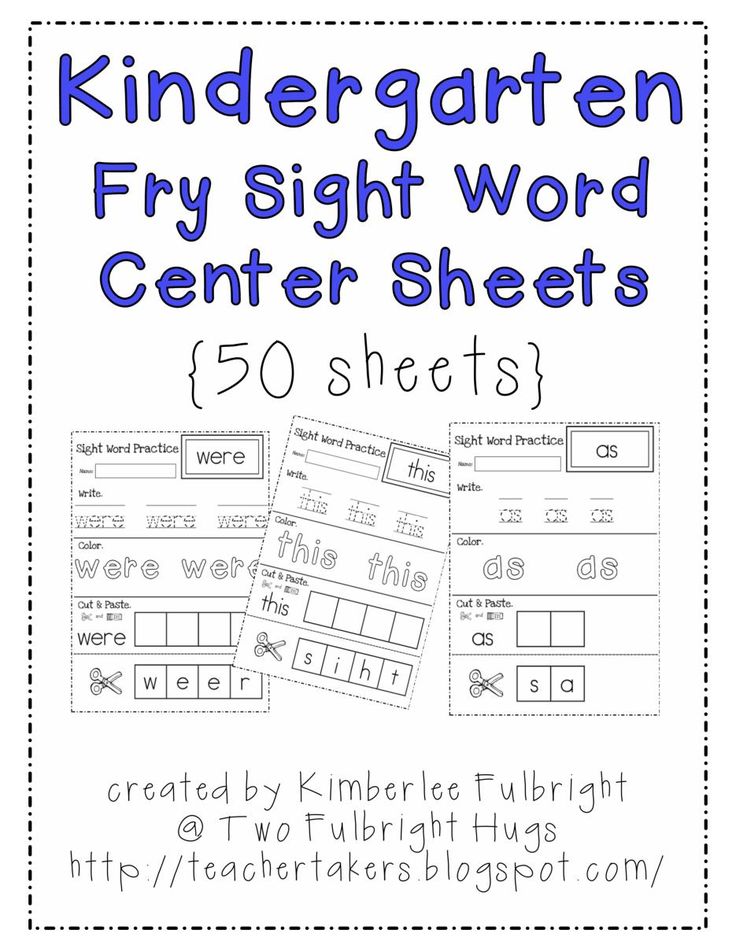 So, the first student says his word, the second repeats this word, then he says his own. The third student needs to first say the word of the first student, then the second, and then add his word and so on. To complicate the task, you can spend two circles. It will look something like this (let's say the theme is "Vegetables" (vegetables):
So, the first student says his word, the second repeats this word, then he says his own. The third student needs to first say the word of the first student, then the second, and then add his word and so on. To complicate the task, you can spend two circles. It will look something like this (let's say the theme is "Vegetables" (vegetables):
First student: tomato…
Second student: tomato, potato…
Third student: tomato, potato, cucumber…
Fourth student: tomato, potato, cucumber, cabbage…
Fifth student: tomato, potato, cucumber, cabbage, onion…
Sixth student: tomato, potato, cucumber, cabbage, onion, carrot…
To make the game meaningful, you can introduce a rule: whoever makes a mistake is out of the game. Then the most attentive will remain at the end.
So, we looked at examples of English games for schoolchildren and toddlers that can be used in teaching English. Remember: the more lessons the teacher conducts in a playful way, the more interest in learning the language appears in children.